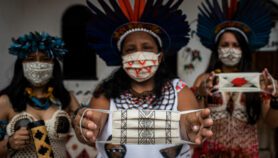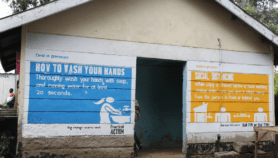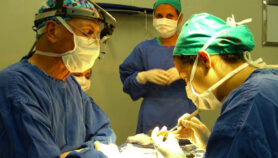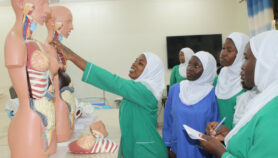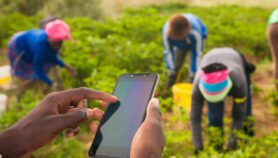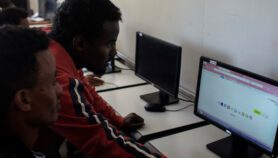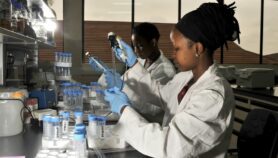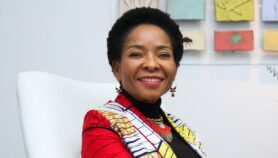By: Imogen Mathers
Send to a friend
The details you provide on this page will not be used to send unsolicited email, and will not be sold to a 3rd party. See privacy policy.
Another year, another record smashed for the number of people forced by war and disaster to flee their homes. On World Refugee Day last week (20 June), a report by UNHCR (the UN refugee agency) revealed that 65.3 million people were living displaced from their homes in 2015, more than 21 million of them refugees. [1]
It is also an age of unprecedented unforced migration, as people move across borders to seek better lives and opportunities: in 2015, 244 million people — 3.3 per cent of the world’s population — lived outside their country of origin. And this extraordinary age of mobility involves not just people, but also goods, money and ideas. Communication advances create unprecedented development opportunities, connecting people and organisations as never before.
For the medical relief charity Médecins Sans Frontières (MSF), increasingly sophisticated ICT platforms offer more than an efficient way of communicating across the 60-plus countries where it operates. The digital transfer of specialist medical knowledge across continents and time zones helps improve MSF’s support for people affected by war and disasters, including some of those 65 million displaced people.
I spoke to Raghu Venugopal, a doctor based in Canada, who runs MSF’s telemedicine network. Established six years ago, the network uses an encrypted online portal where medics in the field can upload case files, photographs, ultrasounds and X-ray images, and seek advice from specialists working in MSF headquarters or hospitals thousands of miles away.
If you are unable to listen to this audio, please update your browser or click here to download.
If field doctors are presented with complex injuries that they think would benefit from specialist knowledge, they can call upon a global network of specialists to get that information.
“Let’s take a real case of a little girl in war-torn eastern Congo who has had her hand shot with a gun by armed forces and the doctors are wondering if they should amputate or not,” Venugopal explains. “They take a photograph, log on to the system with a live internet connection, upload the story, the history and a photograph of the child. A few hours later, advice comes back from a specialist, advising them what to do.”
Ultimately the doctor in the field bears the burden of making the final decision, Venugopal says. “But friendly consultation can come from a specialist.”
Several steps are involved behind the scenes. Once a case file is uploaded, operators at MSF headquarters like Venugopal — themselves experienced field doctors — get an email or phone notification. They allocate the case to a suitable specialist, who also gets a notification, logs on and responds, usually within 24 hours.
With this system, medics living continents apart and with different schedules can support each other by logging in as and when they can, storing and forwarding the advice. This is vital in the fast-paced, emergency work the MSF is involved in, Venugopal says.Using experienced field doctors to coordinate the system also means that, were a patient’s condition to deteriorate, the operators can ensure the patient gets the necessary support.
Real-time telemedicine is also on the rise at MSF, Venugopal says, though this has a different use — paediatric care in Somalia, for example — and requires a higher bandwidth to enable doctors to communicate in actual time.
Another development is the introduction of the Arabic language in MSF’s medical communication systems. Up until recently, most of its telemedicine took place in English, Spanish or French, but the growing number, intensity and complexity of crises — and the use of siege warfare — in the Middle East and North Africa, means an Arabic service is essential.
In the case of the Congolese girl, the specialist advised medics not to amputate her hand but to debride the wound — removing non-viable tissue — so that some function would remain. Cases like these show how profoundly technology and the rapid sharing of knowledge can help alleviate suffering in dangerous parts of the world.
Imogen Mathers is producer/assistant editor at SciDev.Net. You can reach her on @ImogenMathers and [email protected].
References
[1] Global trends: Forced displacement in 2015 (UNHCR, 20 June 2016)



